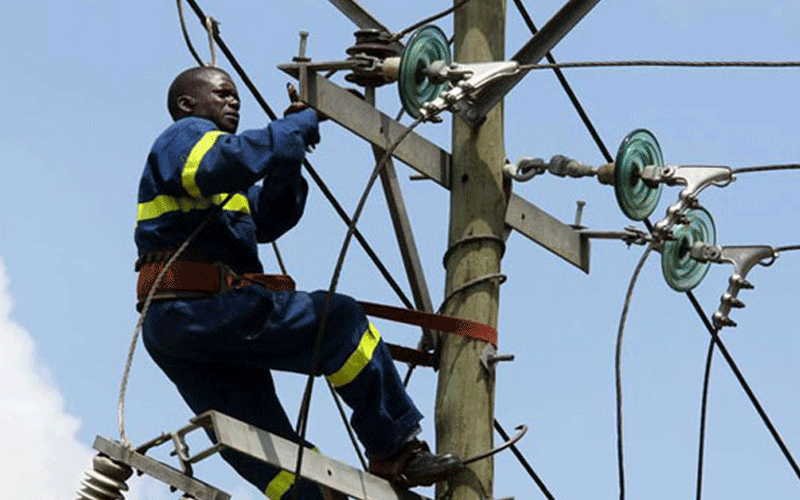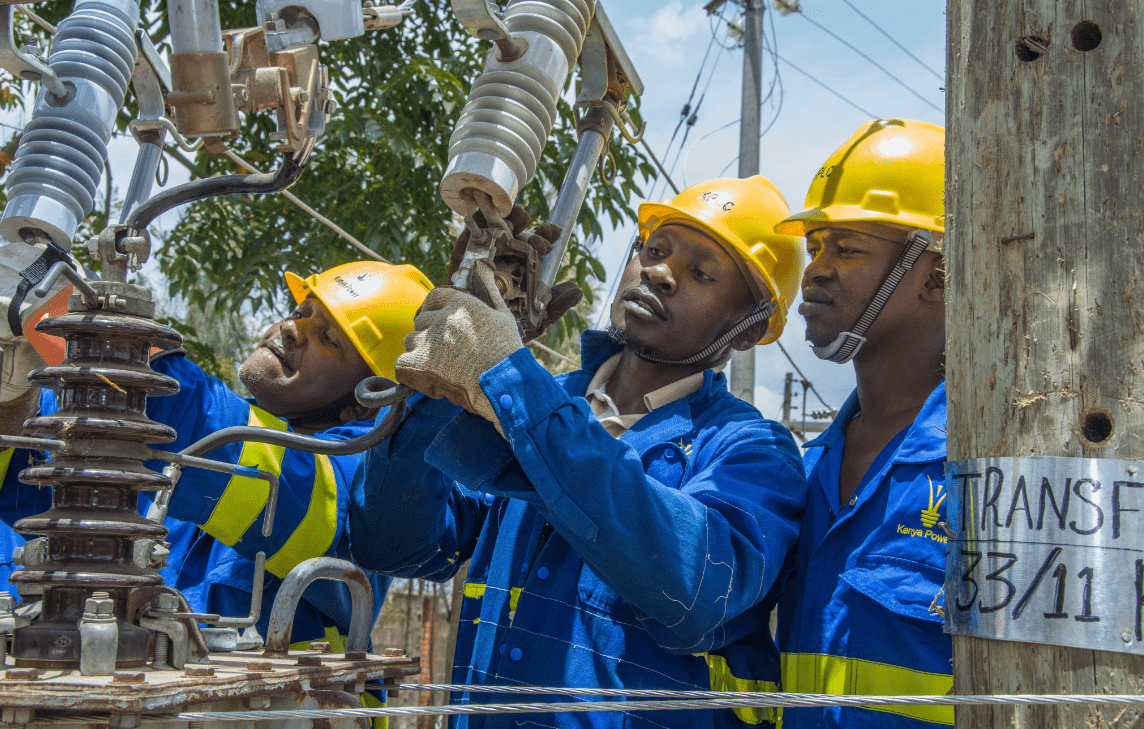Blow to Kenya Power as big consumers mull shift

A surge in number of large power consumers opting for alternative sources of energy should worry troubled utility firm Kenya Power.
It also serves as a wake up call that should they continue shedding such a customer base, the utility firm will sink deeper into troubles.
This is as some giant manufacturers continue to exit from the national grid to cheap energy, an alternative solution to cut cost of operation owing to high cost of power from the national grid and persistent unreliability due to blackouts.
Prompted by high cost of power, East Africa Breweries Ltd is the latest consumer to show exit signals, to focus on its own power generation through solar energy under a Sh22 billion plan.
KBL managing director John Musunga said the brewer is targeting delinking from Kenya Power ahead of 2030 under the plan.
The move by the giant manufacturer of alcoholic beverages comes amid concerns from Kenya Power that some of its industrial customers who account for about 68.31 per cent of its sales revenues are gradually shifting to own-generated solar power, dealing a further blow to its already dwindling finances.
Already, a number of universities and factories have turned to alternative sources of energy including solar photovoltaic (PV) grid-tied systems to supply power for internal use to ensure reliable supply and reduced operational costs.
These include: London Distillers Ltd, Garden City Mall, Kenyatta University, Strathmore University, Kapa Oil Refineries, Africa Logistics Properties, Moi International Airport (Mombasa) and the International Centre of Insect Physiology and Ecology (icipe).
Local demand
The shift threatens Kenya Power’s bottom line in the wake of excess production of electricity and dwindling local demand by homes and businesses, especially in the wake of Covid-19 pandemic.
According to latest data from the Economic Survey 2021, installed electricity capacity increased slightly in 2020 with a shift on the energy mix, which has been leaning towards renewable resources.
Installed capacity increased slightly, to 2,836.7 MW in 2020 from 2,818.9 MW in 2019.
Domestic demand for electricity decreased from 8,854.0 GWh in 2019 to 8,796.4 GWh in 2020.
Writing in People Daily, Bobby Johnson, Kenya Association of Manufacturers (KAM) Metal and Allied Sector chair, warned that despite electricity being a key input in the manufacturing process, the cost remains extremely high.
“The government can support the sector in three main ways. First, by reducing the cost of electricity to US cents 9/kWh,” he said.















